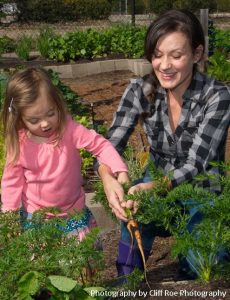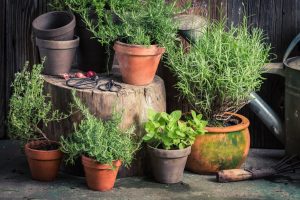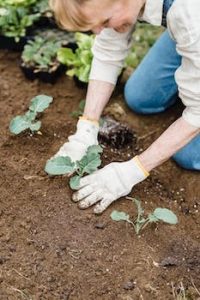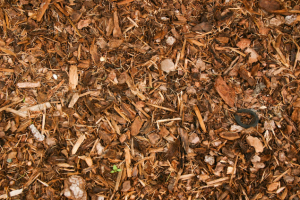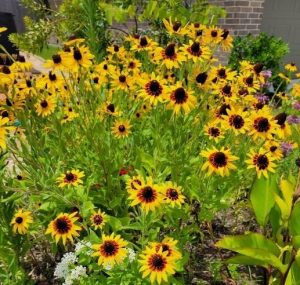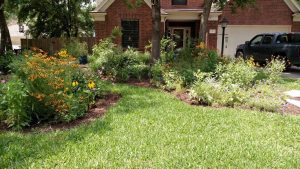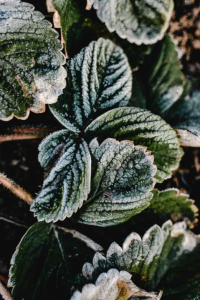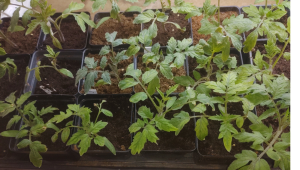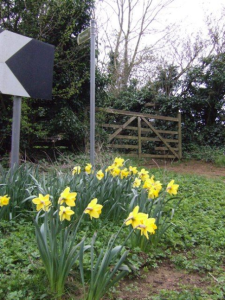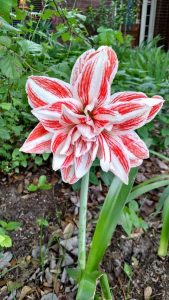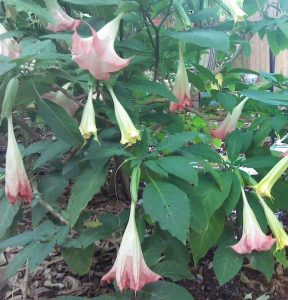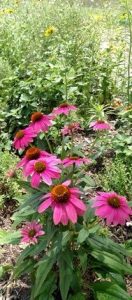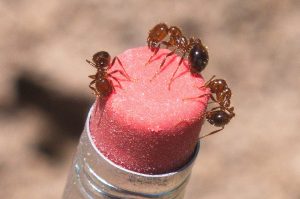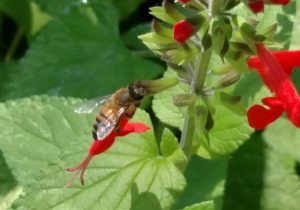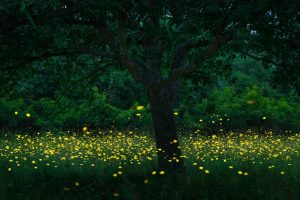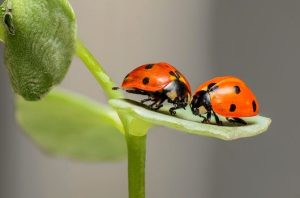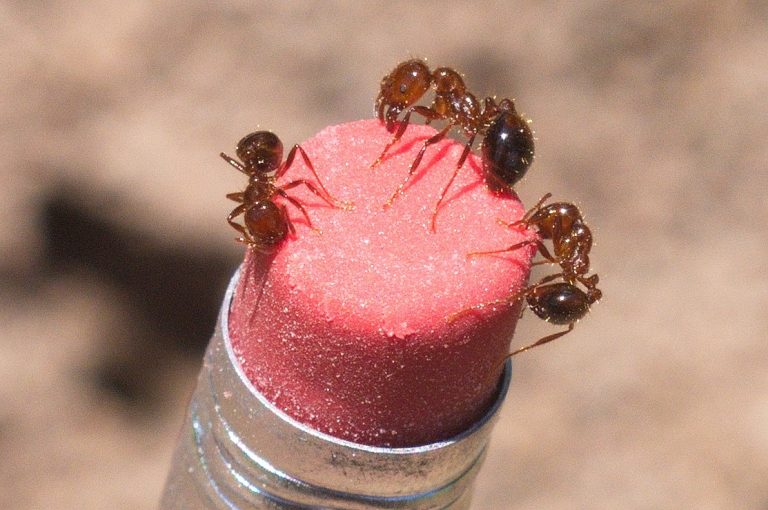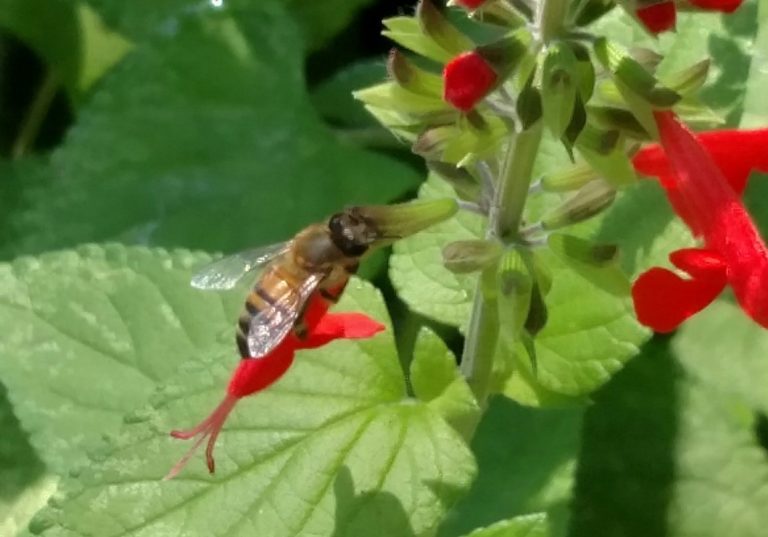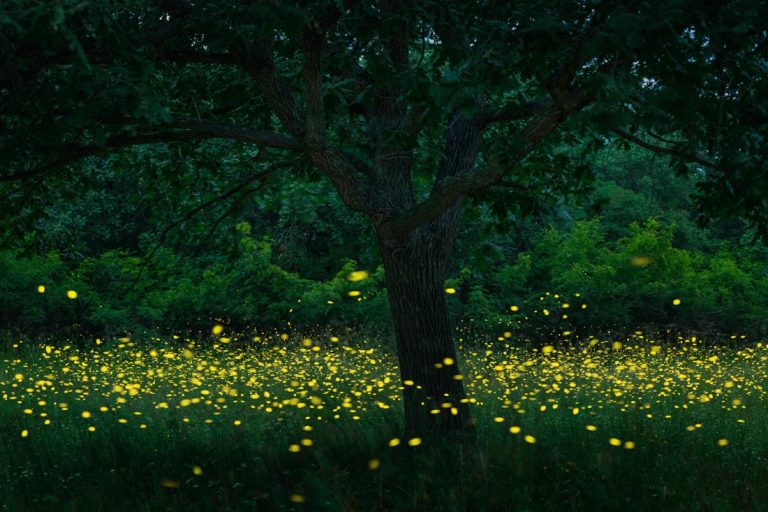Everyone becomes a gardener in spring. However, it takes a determined gardener to see ahead to the net season. If you want beautiful gardens in the spring, now is the best time to sow or transplant wildflowers and many perennial spring bloomers.
There are many plants gardeners can put in the ground now that will bring color and texture to spring and summer gardens.
Native wildflowers
The list of native bloomers which are grown from seed is quite large. Purple coneflower, Texas blue bonnets, Indian Paint brush, black-eyed Susans, Drummond phlox, liatris, mealy blue sage, purple clematis, blanket flower (gaillardia), evening primrose are a few. Wildflowers add splashes of brilliant and subtle colors, shapes, and textures to an otherwise boring garden. While native seeds can be planted in very early spring, planting in the fall is more in keeping with their nature. Wildflowers propagate themselves in natural surroundings by dropping their seed in the fall. The seed drops to the ground and spends the winter in dormancy. When spring arrives, the seeds germinate. Most of the wildflowers require full sun but some, like the purple clematis, are quite happy in the shade.
Many people think that just strewing wildflower seed on the ground is sufficient for the seed to germinate. Instead rake the soil lightly first, then sow the seed (strewing is okay at this point). Then tamp the seeds into the soil by walking on them, or, for larger areas, use a roller. Do not fertilize. Native wildflowers are adapted to growing in low nutrient soils. Lightly shower to allow them to sink into the soil. Too much water may cause them to germinate too quickly.
A light covering of hay or pine straw is okay, if you can see the soil through the covering.
Native grasses
Residents of southeast Texas are extremely lucky to have a wide variety of attractive native grasses: bushy bluestem with its white tufts and straw-colored stalks; inland sea oats, it’s attractive seed pods trembling in the wind, and reflecting sunlight; several varieties of muhly grasses that are not only native to Texas, but specifically native to SE Texas and our coastal regions. Plant any of these grasses now for lush green foliage and interesting textures in the spring and summer and spectacular shows next fall and winter. Sow seeds for native ornamental grasses in the fall as well.
Bulbs and rhizomatous plants
Plant (or separate and transplant) narcissus, Dutch hyacinths, crinums, lilies and amaryllis, irises, monarda (bee balm) and yarrow now. This allows the plants to establish their root systems in time for them to burst into color after the end of winter.
Other transplants
Fall is also a great time to transplant Texoma stans (yellow bells), spirea, cross vine, lantana, Pride of Barbados, and a variety of other spring bloomers.
When transplanting any plant, make sure the transplant hole is already dug and prepared before you dig up the plant. The adage “don’t put a $10 plant into a $2 hole” holds true for transplants, either from your garden or from a nursery. Except the price of plants has risen considerably. A crinum, for instance, costs upwards of $20. Dig the hole twice as big as the container, or if you’re transplanting from your yard, twice as big as the root spread. If the hole is too deep, add some of the soil back into the hole and tamp it down. Also, add some compost, and, if you want, a little organic, slow-release fertilizer.
Planting in the fall has two benefits for gardeners: it prepares the landscape for spring, and it gives inveterate gardeners their soil fix before winter sets in.



